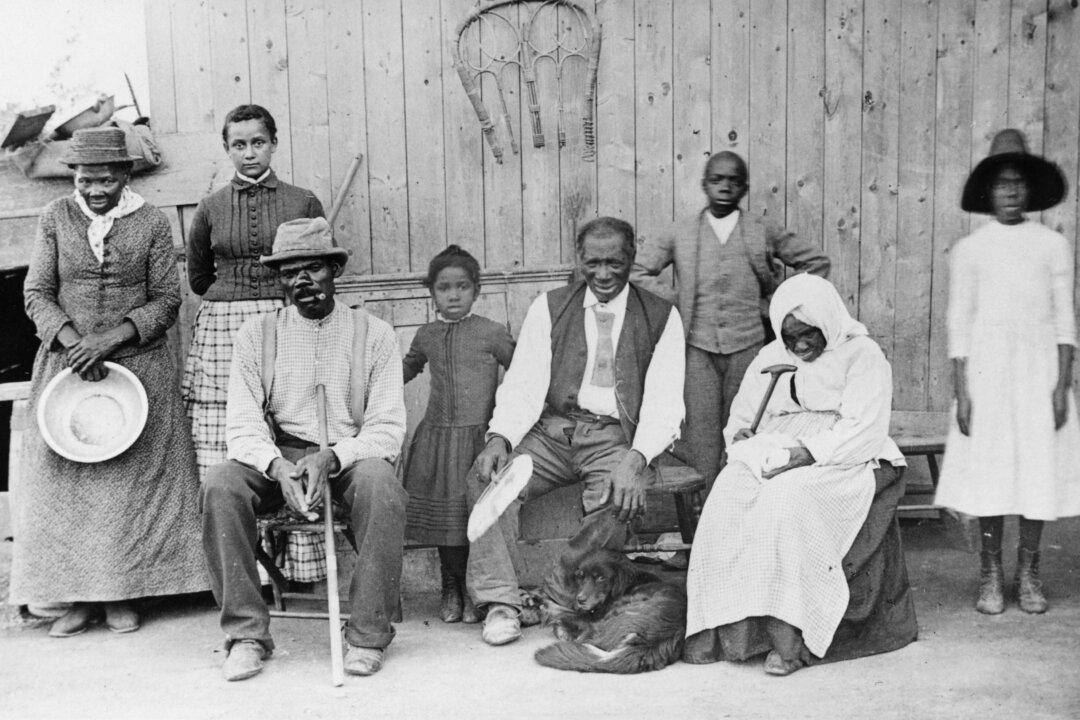Canada celebrated Emancipation Day on Aug. 1, marking the day in 1834 that the Slavery Abolition Act of 1833 came into effect across the British Empire, and putting the history of slavery in this country in the spotlight once again.
From the late 18th century onward, Canada was viewed by many black American slaves as the light at the end of the Underground Railroad, which was a network of secret routes that led American slaves to their freedom in Canada.





